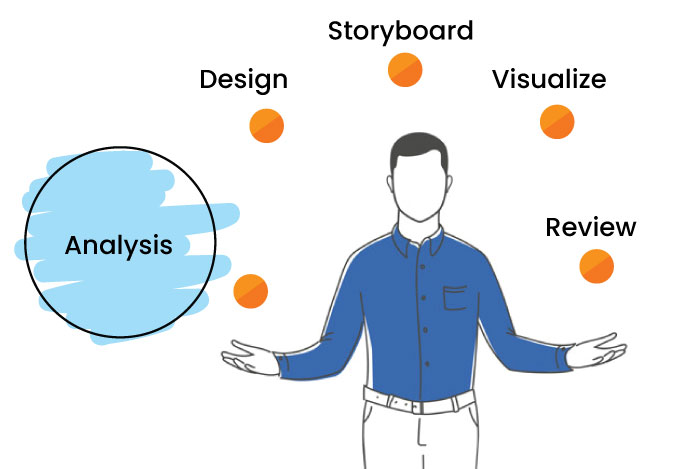Traveling abroad at a short notice was mundane for me as an instructional designer. Most of the time it was a short, single project, or may be a few projects on the same subject matter, or a weeklong Beta class or a 3-days conference. Jetlag notwithstanding, the very next day on landing, we were to reach the customer site and start work. Numerous cups of Earl Grey, a cookie here or a sandwich there, and things would just fall in place. Work done, appreciation received, mails exchanged along with a pat-on-the-back, or a “why did you commit this to the customer?”, without listening to the story behind the commitment, the return flight would commence!
Back home, back to the traffic, and from Earl Grey to Lipton Darjeeling.
However, when the assignment stated Needs Assessment, the warning bells would begin to ring for me. Not because the work wasn’t interesting or not doable for an instructional designer with many years of experience behind her, in fact it was just the opposite, but because needs assessment meant uncertainty of duration. A month-long itinerary could easily become three if the customer’s thought process evolved, and which it invariably did, over muffins and coffees and subways.
Grey? May be – or may be hues of different colours. But never black and white.
At this point you may have some questions. Some thoughts.
- Why should an instructional designer perform a needs assessment for a customer? Doesn’t the customer know better what training it wants for its employees?
- What about its own training team? Isn’t it equipped enough to figure out what the requirement is?
- What about the HR managers? Aren’t they more fit for the job?
- Shouldn’t the vendor organization just focus on creating the training program with its ace instructional designers at the job?
Why should an instructional designer play with the greys?
Without debating on the fact that an organization should know about its exact training requirements, and its training manager or the HR manager can also do the job, the efficacy sometimes is not as expected. This is because end-to-end training solutioning for any organization is as simple as – an instructional designer’s forte.
Let’s understand it in detail.
Smaller organizations typically do not have a robust learning unit. However, big organizations do. They also have department-wise training managers, or experts in a particular area/task, who also double up as mentors/trainers on-the-job. These in-house trainers are provided with the basic training requirements by the business leaders or team leaders. And the trainers are asked to create focused training material, schedule sessions, and deliver the training. However, the requirements are typically a “knee-jerk” reaction from leaders to cater to sudden business needs. There is no clear focus on a holistic updated curriculum or role-wise or responsibility-wise training. Moreover, a different but very pertinent problem arises when these experts or trainers relocate to a different location around the globe, or they retire from active service. Even if their knowledge is somehow documented, the tacit knowledge is never captured for the future generation of employees.
Hope that I have made a convincing argument why instructional designers must conduct a needs assessment. In Part 2 of this series, I will elaborate on this activity using an example.
AUTHOR:
Sarbani Bose – Consultant, Instructional Design




Recent Comments